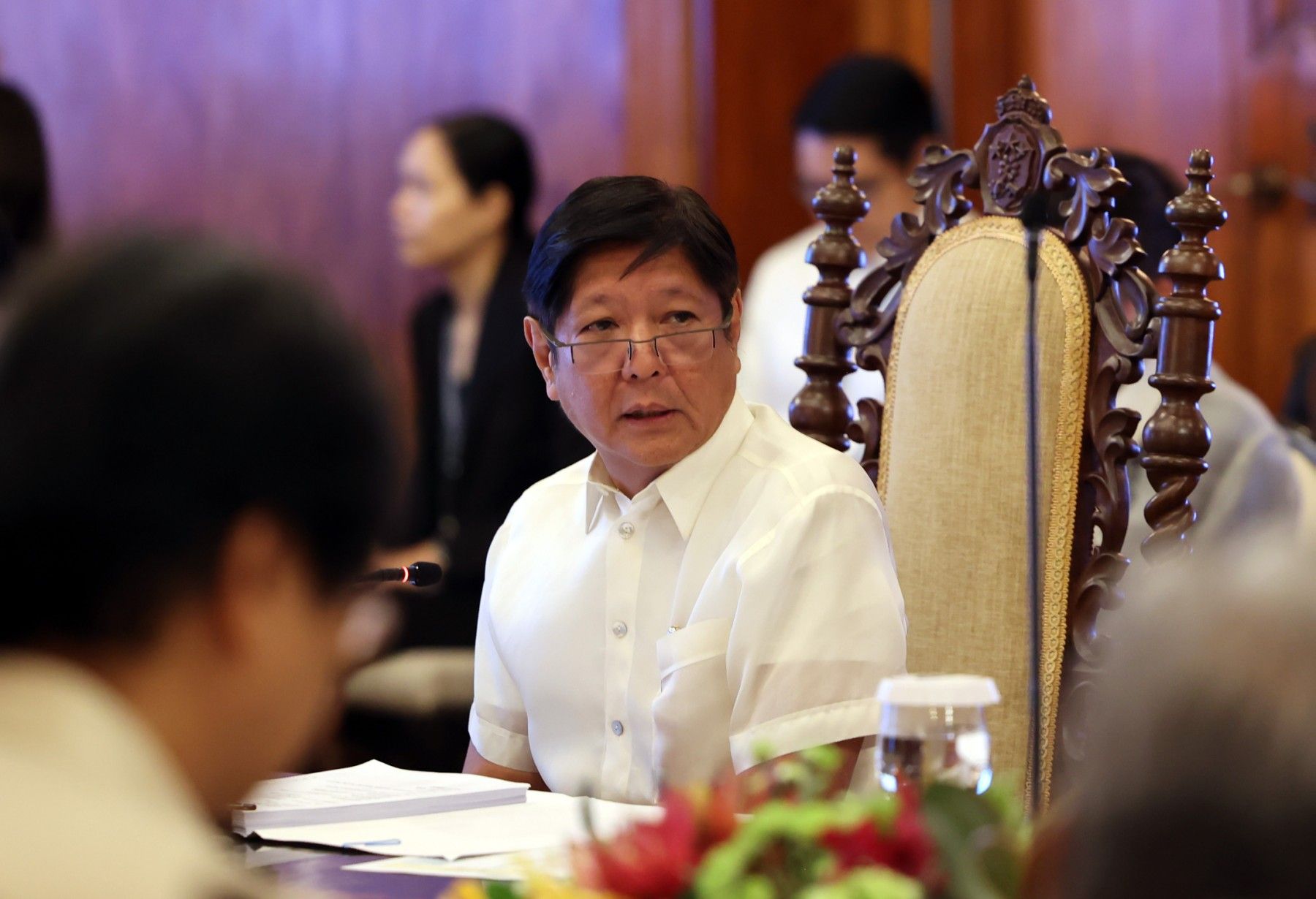Marcos OKs proposed P6.352-trillion national budget for 2025
President Marcos has approved the proposed P6.352-trillion national expenditure program (NEP) for 2025, Malacañang announced.

Marcos said next year's national budget shall prioritize food security, social protection, healthcare, housing, disaster resilience, infrastructure, digital connectivity, and energization.
The President made the approval during the Cabinet meeting at the Malacañan Palace on Tuesday, July 2.
“You see a really good thing,” Marcos said during the Cabinet meeting where Department of Budget and Management (DBM) Secretary Amenah Pangandaman presented the proposed national budget for 2025.
“Since I’ve seen it before on the macro level, I think the priorities in terms of our proposed appropriations, upon addressing it, weighted our priorities properly in terms of appropriations,” he added.
Under the approved NEP, the agencies getting the lion’s share of government appropriations include the departments of Education, Public Works, Health, Interior and Local Government, and Defense.
The government's top priorities also include social welfare, agriculture, agrarian reform, transportation, the judiciary, and justice departments.
In terms of expense class, getting the largest chunk are maintenance and other operating expenses followed by personnel services, capital outlays, and financial expenses.
Among the factors considered by the government in evaluating the fiscal year 2025 budget proposals were availability of fiscal space, implementation and readiness of Program/Activity/Projects (PAPs), agency’s absorptive capacity, alignment with Budget Priorities Framework and PDP 2023-2028.
The Public Investment Program (PIP), Three-Year Infrastructure Program (TRIP), Information Systems Strategic Plan (ISSP), and Program Convergence were also key factors.
The Pillar 1 of the PDP 2023-2028 involves the development and protection of the capabilities of individuals and families. It also involves the promotion of human and social development, reducing vulnerabilities and protecting people’s purchasing power, as well as increasing their income-earning ability.
Under the plan’s Pillar 2, the government aims to transform production of the nation’s sectors to generate more quality jobs and competitive products. This includes modernizing agriculture and agri-business, revitalizing the industry, and reinvigorating services.
Pillar 3, on the other hand, focuses on creating an enabling bureaucratic environment. It involves practicing good governance and improving bureaucratic efficiency, ensuring macroeconomic stability and expanding inclusive and innovative finance, ensuring peace and security, and enhancing administration of justice.
Expanding and upgrading infrastructure, accelerating climate action and strengthening disaster resilience also fall under Pillar 3.